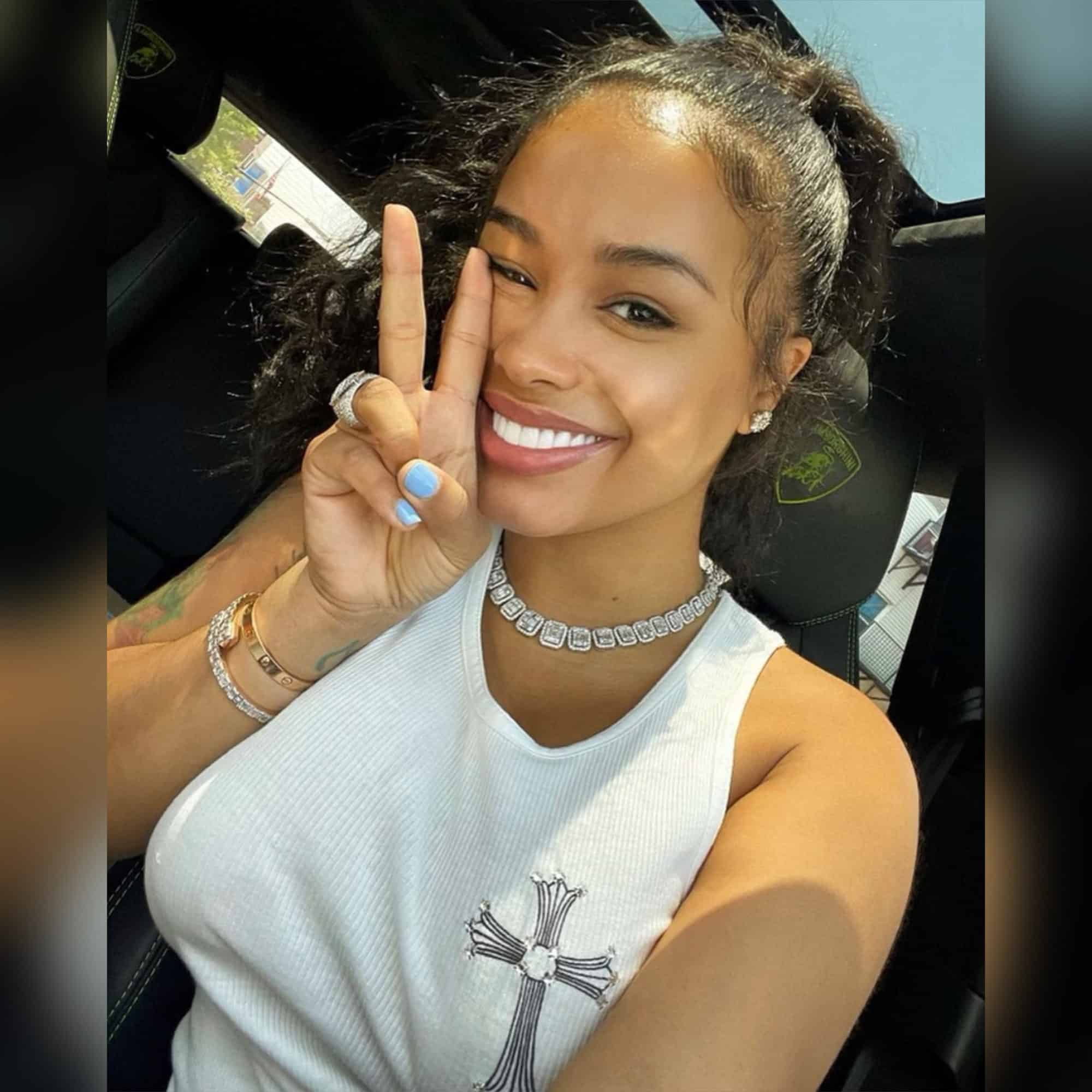Understanding The Fascinating World Of Dream Doll Age
Dream dolls have captivated the imaginations of children and adults alike for generations, serving not just as toys but as cherished companions and symbols of creativity. The allure of these dolls extends beyond their physical appearance; they represent dreams, aspirations, and the innocence of childhood. As the years progress, the concept of dream dolls has evolved, giving rise to a variety of styles, brands, and even collector’s items that spark nostalgia and joy among enthusiasts.
In this article, we will explore the intricate details surrounding the notion of dream dolls, particularly focusing on their age and significance in popular culture. What do dream dolls symbolize? How do they reflect societal trends and values? Join us as we delve into the enchanting world of dream dolls and discover how age plays a vital role in their appeal and impact.
Whether you are a parent looking to introduce your child to this magical realm or a collector seeking to understand the historical context of these beloved toys, the dream doll age is a fascinating topic worth exploring. Let’s embark on a journey through the past, present, and future of dream dolls together.
What is the History Behind Dream Dolls?
Dream dolls have a rich history that dates back centuries. Originally, these dolls were handmade by mothers and grandmothers for their children, often crafted from simple materials like cloth and straw. Over time, they evolved into more sophisticated creations, reflecting the changing tastes and technology of different eras.
How Have Dream Dolls Changed Over Time?
From porcelain dolls in the 19th century to modern vinyl figures, the evolution of dream dolls showcases the advancement in manufacturing techniques and design. The introduction of plastic in the mid-20th century allowed for greater creativity and diversity in doll production. Today, we see a vast array of dolls that cater to various tastes, cultures, and themes.
What Are the Different Types of Dream Dolls?
Dream dolls can be categorized into several types, including:
- Fashion Dolls - These are often designed to reflect current fashion trends.
- Collectible Dolls - Many dolls are produced in limited editions, appealing to adult collectors.
- Ethnic Dolls - These dolls represent various cultures and ethnicities, promoting diversity.
- Vintage Dolls - Older dolls that are often highly sought after by collectors.
What is the Dream Doll Age Phenomenon?
The term “dream doll age” refers to the period in a child’s life when they become particularly attached to their dolls. This age often varies, but it typically falls between the ages of 3 to 10. During this time, children engage in imaginative play, creating elaborate stories and scenarios with their dolls.
Why is the Dream Doll Age Important for Child Development?
The dream doll age plays a crucial role in emotional and social development. Through play, children learn valuable skills such as empathy, problem-solving, and communication. Dolls serve as tools for children to express their feelings and navigate social situations in a safe environment.
What Are the Benefits of Introducing Dolls at a Young Age?
Introducing dolls to children at a young age can have numerous benefits, including:
- Encouraging creative play and imagination.
- Fostering emotional intelligence and empathy.
- Enhancing fine motor skills through dress-up and care activities.
- Providing comfort and companionship during times of stress.
What Factors Influence the Popularity of Dream Dolls?
The popularity of dream dolls can be influenced by various factors, including trends in fashion, entertainment, and cultural shifts. The rise of social media has also played a significant role in promoting certain brands and styles of dolls, creating a global community of collectors and enthusiasts.
How Do Dream Dolls Reflect Societal Changes?
Dream dolls often mirror the values and beliefs of society at a given time. For example, the inclusion of diverse dolls that represent various ethnic backgrounds indicates a growing awareness of the importance of representation and inclusion in children’s toys. This evolution shows how dream dolls are not only toys but also cultural artifacts that reflect broader societal changes.
What is the Future of Dream Dolls?
As we look to the future, the dream doll age is likely to continue evolving. With advancements in technology, we may see the rise of interactive dolls that incorporate virtual reality and artificial intelligence. Additionally, there is a growing trend towards sustainability, with many manufacturers focusing on eco-friendly materials and production methods.
How Can You Choose the Right Dream Doll for Your Child?
When selecting a dream doll for your child, consider the following:
- Age Appropriateness - Ensure the doll is suitable for your child's age.
- Interests and Preferences - Choose a doll that aligns with your child's interests.
- Quality and Safety - Look for dolls made from safe, non-toxic materials.
- Educational Value - Consider dolls that promote imaginative play and learning.
Conclusion: Embracing the Joy of Dream Dolls
In conclusion, the dream doll age is a captivating aspect of childhood that fosters creativity, emotional growth, and social skills. As these dolls continue to evolve, they remain timeless companions that enrich the lives of children worldwide. Whether you are a parent, collector, or simply an admirer, understanding the significance of dream dolls can deepen your appreciation for this enchanting world.
| Personal Details | Bio Data |
|---|---|
| Name | Dream Doll |
| Age | Varies (Typically 3-10 years for children) |
| Origin | Handmade by families, evolved into manufactured dolls |
| Material | Various (cloth, porcelain, vinyl, etc.) |
| Purpose | To foster imagination and emotional development |
Unveiling The Allure Of Vanessa Ferlito's Nose: A Journey Through Beauty And Identity
Exploring The Life Of Vikkstar's Wife: A Deep Dive Into Their Relationship
Exploring The Life Of Leah Williamson's Girlfriend


